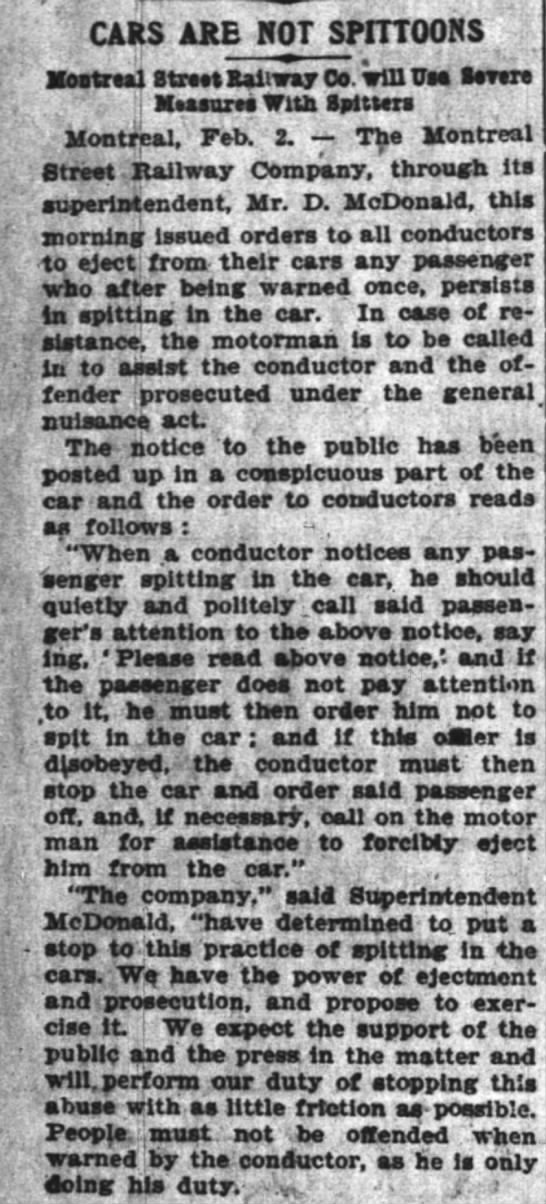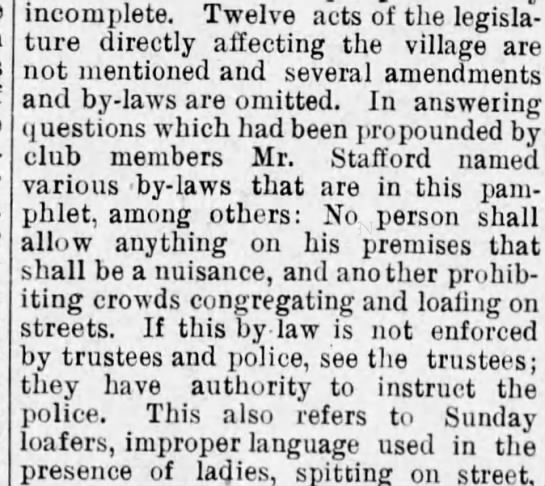
My friend Dawn McGinnis from Virginia posted this yesterday:
Anybody know anything about Cuspidors or a ladies vintage “spittoon”? I picked this up yesterday and that is what I believe it to be. ![]() 🙂 I thought… that will make a nice yarn bowl.. lol Knitters use bowls to place their yarn balls in so they don’t roll around on the floor when they are knitting.
🙂 I thought… that will make a nice yarn bowl.. lol Knitters use bowls to place their yarn balls in so they don’t roll around on the floor when they are knitting.
Between the mid-1800s and the 1930s, spittoons were as common in American households as pots and pans and as common in American public places as trash cans. Spitting in America was an accepted activity, and the production and maintenance of spittoons were businesses in themselves. Spittoons embodied every sort of design and material from the perfunctory to the bizarre, from the durable to the fragile. But what all spittoons had in common was utility: spittoons proliferated for the purpose of catching spit.
What Dawn has is a ladies spit cup or spittoon, but it also could be what the woman of the house handed to her husband’s house guests, rather than having a large receptacle on the floor. It became a popular pastime in the last decade of the 18th century and continued to be so until 1920. Today, the most visible evidence of tobacco chewing appears in baseball, and I don’t think I could be with a man that spits LOL.
Women, especially those in Victorian times, used the spitton as well. In 1865, a traveller down South noted that seven-tenths of all people, both male and female, over the age of 12 used tobacco in some form. Even children of 8 or 9 smoked. The habit increased in popularity after the Civil War as soldiers, who chewed tobacco to ease frazzled nerves on the battlefield, continued to do so after they came home.

Photos by Dawn McGinnis
Victorian women could chew and spit as well as men. These ladies usually abused tobacco and alcohol behind closed doors. And while they snuck outside and drank and smoked in the outhouse to avoid being caught by their husbands, they often chewed tobacco quietly around the house while doing their chores and needed something in which to deposit their spit.
After the Civil War, spittoons became a fixture in many places, including hotels, saloons, stores, and any other place where men chewing tobacco might congregate. These were large vessels made of brass or pottery with a broad rim into which the chewer tried to aim his spit, often with little success.

Woman, on the other hand, used a dainty spit cup—also called a lady’s cuspidor, toilette cup, or boudoir dish—to gracefully discard their sputum. Some looked like regular coffee or tea cups while others had fanciful shapes with fluted rims. Since ladies didn’t need to spit across the room, these cups often had decorative gold rims and base, and delicate, lady-like designs. Some came in the shape of little baskets or drawstring purses. English and French manufacturers, especially Limoges, made these lovely spit receptacles out of fine porcelain, and for plainer, everyday use, ironstone with flowered transferware patterns on both the inside and outside.
As chewing tobacco’s popularity declined throughout the years, the spittoon became a relic. However, women found other uses for these cups. Pregnant women, who tended to salivate more, especially when they had nausea or heartburn, also used these cups. Even today, it’s common for Haitian women to carry around a spit cup while pregnant.


Clipped from
- The Ottawa Journal,
- 02 Feb 1897, Tue,
- Page 7
Clipped from
- The Times-Picayune,
- 26 Jul 1891, Sun,
- Page 10
Clipped from
- St Johnsbury Republican,
- 09 Jul 1902, Wed,
- Page 5
- Come and visit the Lanark County Genealogical Society Facebook page– what’s there? Cool old photos–and lots of things interesting to read. Also check out The Tales of Carleton Place and The Tales of Almonte
-
Information where you can buy all Linda Seccaspina’s books-You can also read Linda in The Townships Sun Screamin’ Mamas (USA) and The Sherbrooke Record
-

Women Smoking Pipes?
-



